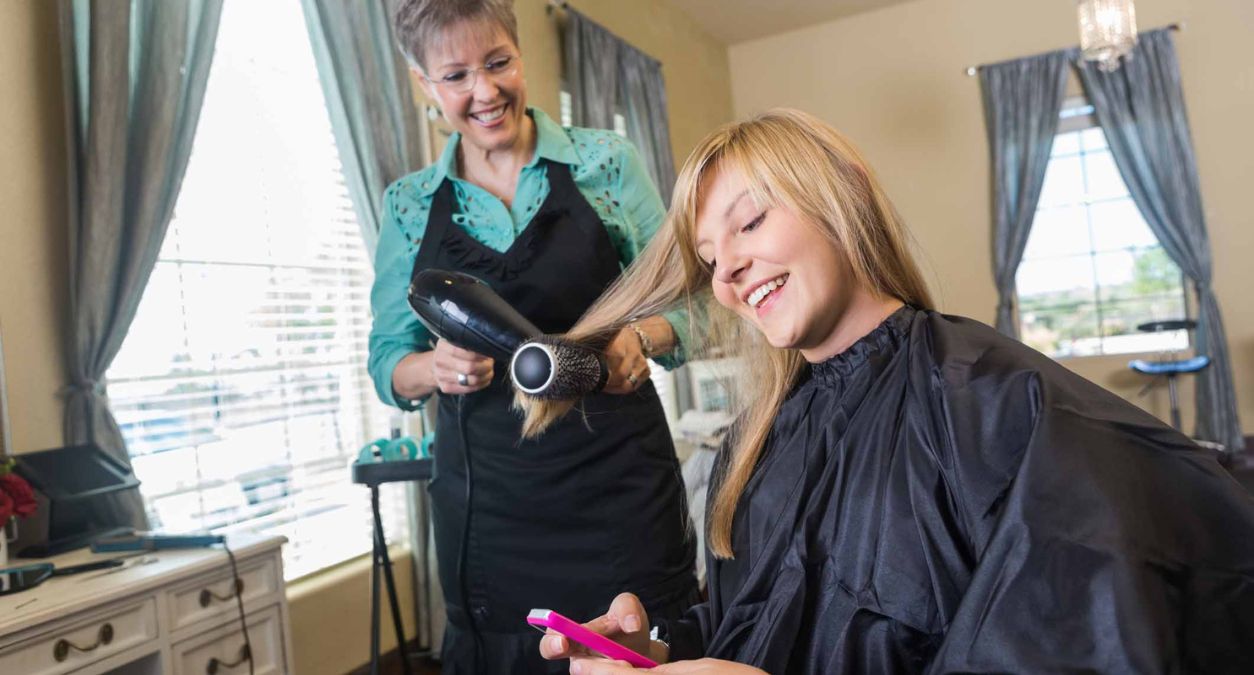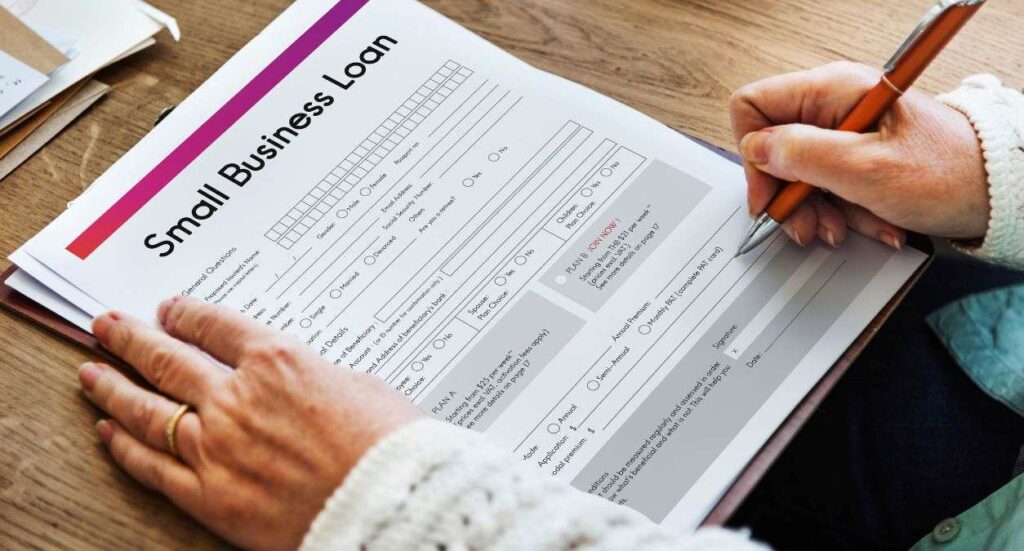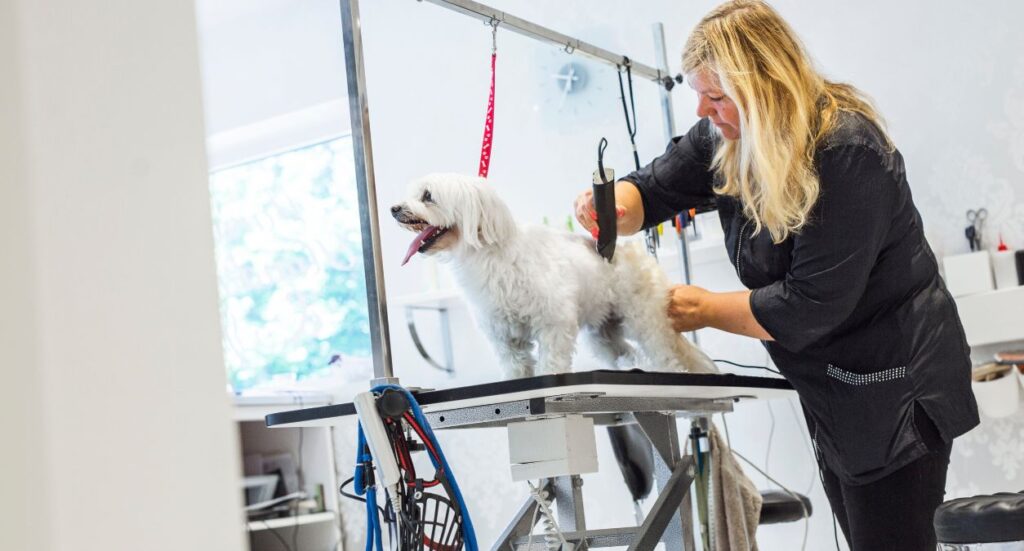Table of contents
Table of contents
The very first step to growing your mobile hairdressing business is to charge correctly for all your services and ensure your services aren’t unnecessarily being discounted or undercharged.
To define your pricing in the best possible way, you should take into consideration these 3 elements:
• The required lowest price needed to cover all business overheads (travel, products, time)
• How your competitors’ price their services
• Your own level of experience
About us
Protectivity is a specialist in niche commercial, leisure and lifestyle insurance. We cover thousands of individuals and small to medium size businesses across the UK, offering hairdressers insurance and barbers insurance. We offer a range of tailored insurance products to protect our customers against unforeseen events.
Get Hairdressing Insurance from Protectivity
*Disclaimer – This blog has been created as general information and should not be taken as advice. Make sure you have the correct level of insurance for your requirements and always review policy documentation. Information is factually accurate at the time of publishing but may have become out of date.
Last updated by


















